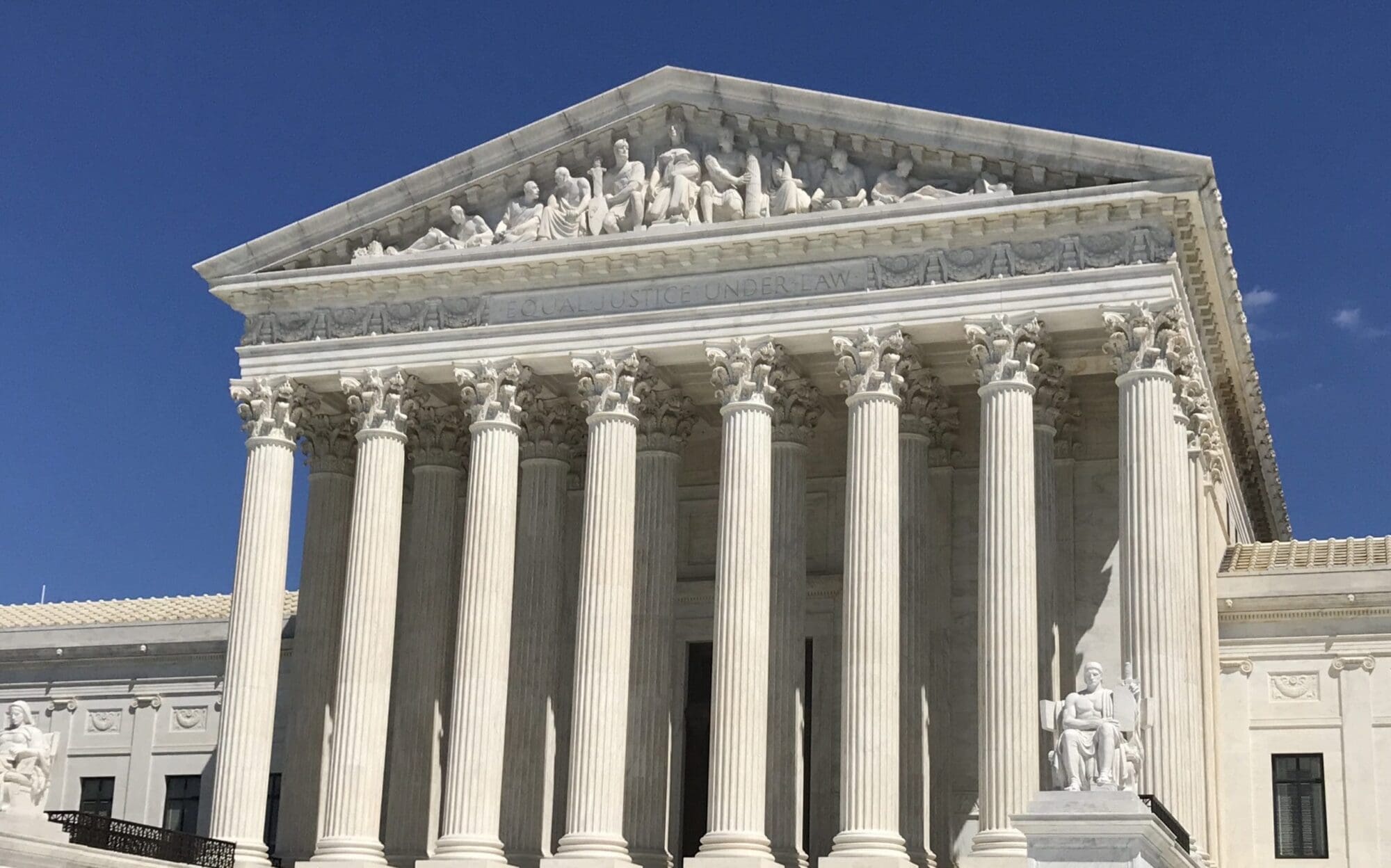On Tuesday morning, witnesses testified before the Senate Finance Committee concerning SJR 2 and SB 9 by State Sen. Kelly Hancock (R-North Richland Hills).
Ursula Parks, representing the Legislative Budget Board (LBB), argued against the population-plus-inflation metric as provided in SB 9, stating that goods and services purchased by the state differs from those purchased by individual consumers. Parks requested that SB 9 at least be amended to reflect inflation rates by sector, incorporating data from the Consumer Price Index (CPI). She also advocated for the compounding of population and inflation rates rather than their addition.
“When you add those two rates together, you lose the effect that they have on each other,” said Parks, who went on to say that the two factors should be “compounded, rather than additive.”
At this point, Hancock reminded the committee that the CPI was nowhere mentioned in his legislation, which he quoted: “LBB shall determine the rates described by using the most recent information available from sources the board deems reliable.” Observing that this provision gives the LBB the flexibility needed to determine an accurate inflation rate: “If CPI’s not a good number, don’t use it.”
Talmadge Heflin, Director of the Center for Fiscal Policy at the Texas Public Policy Foundation (TPPF), testified in favor of Hancock’s legislation. Heflin said he was generally pleased with progress on addressing the spending limit; however, he was opposed to the personal income metric due to its volatility. According to TPPF calculations, said Heflin, a spending cap based on personal income would have resulted in a 64% increase from 2004-2015, higher than the 45% increase of compounded inflation and population growth for the same period. Heflin recommended basing the cap on the lowest of three metrics—population-plus-inflation, gross state product, or personal income—depending on which was appropriate for a given biennium.
Peggy Venable, representing Americans for Prosperity, testified in favor of SB 9, arguing that the population-plus-inflation metric would tighten the government’s belt. “What we want to focus on is citizens’ ability to pay, and we believe that is best represented in population-plus-inflation,” said Venable, citing a Federal Reserve Bank study that connected Texas’ rapid economic growth to Texans’ belief in smaller government.
Eva Deluna Castro, representing the Center for Public Policy Priorities, testified in opposition to SB 9, arguing that personal income metrics are actually much slower than the growth of the economy. Castro argued that a spending cap created by the population-plus-inflation metric would be far too low and would hinder Texas’ ability to pay for its needs, primarily educational priorities.
Patti Quinsay, representing the Texas chapter of the American Federation of Teachers, testified in opposition to SB 9 on the grounds that the population-plus-inflation metric is an artificial calculation that hinders the state’s ability to pay for rising needs. Quinsay argued that rather than ratcheting down on spending, Texas legislators should consider going in the opposite direction. She proposed a metric that would consider inflation rates, higher education costs, and the cost of compliance with rising standards in education.
After public testimony on SJR 2 and SB 9 was closed, the bills were left pending in committee for further consideration.




